GUEST BLOGGER TORY CHRISTIE
Understanding spatial awareness
Spatial awareness is about understanding the space around us and the relation of objects to each other. This skill is important to kids in everyday activities like running on the playground without bumping into others, climbing stairs, and finding their way in a school or neighborhood. Improving spatial awareness can help with motor skill development, social interactions, and personal safety. We often use terms like perspective and point-of-view to talk about spatial awareness from different aspects. In this activity, kids will study prepositions to help them grow more aware of position with respect to objects, other people, and the larger environment.
Lesson prep: One Small Koala on the Big Blue Earth
When scientist and poet, Tory Christie, teamed up with illustrator, Lucianna Navarro Powell, the Big Blue Earth book series was born. Each story is told in a single sentence, and the first three books in the series illustrate the world from the point of view of a tiny brown monkey, a little round panda, and one small koala. Starting with close-ups on one animal, the ever-widening views show areas from forest to village, city to state, country, continent, and ocean, and finally the planet in space. These picture books support C3 standards for geography related to maps, culture, and environment.
Read the text.
You can read and complete these activities with any of the three books, but we’ll use the latest in the series as an example. One Small Koala on the Big Blue Earth illuminates the unique geographical perspective across the continent of Australia. You can include definitions found in the backmatter as needed. All three books include maps on the endpapers, labeling cities, oceans, and other places of interest. These can be used to point out the continent’s location (before reading the book) and the special places of interest (after reading the book).
As you read
Emphasize prepositions like: in, near, along, over, toward, past, through, next to, on. When finished with the book, you can ask questions to get the kids thinking about their own place on the planet. You can also talk of other prepositions that are not in the book: from, by, above, below, between, under, etc. Here are some possible questions to to ask the children to get them thinking about spatial awareness.
- Where are you right now?
- Name something above and below you.
- Look around. What (or who) are you between?
- Do you live inside a house or an apartment or somewhere else?
- Do you live in a city or a town?
- Can you name your city, state/province, country, planet?
Activity 1: Prepositions-of-place questions
Provide each child with the first activity sheet. Read the questions out loud and have the children identify which animal(s) might fit the question. After placing the corresponding numbers next to the animals, you might want to have the kids color the animals.
Activity 2: Prepositions-of-place placing
Have each child cut out the animals from activity one. Using glue or paste, place as many animals as they can onto the second activity sheet. Kids can add to this drawing as needed—have fun with it and be creative!
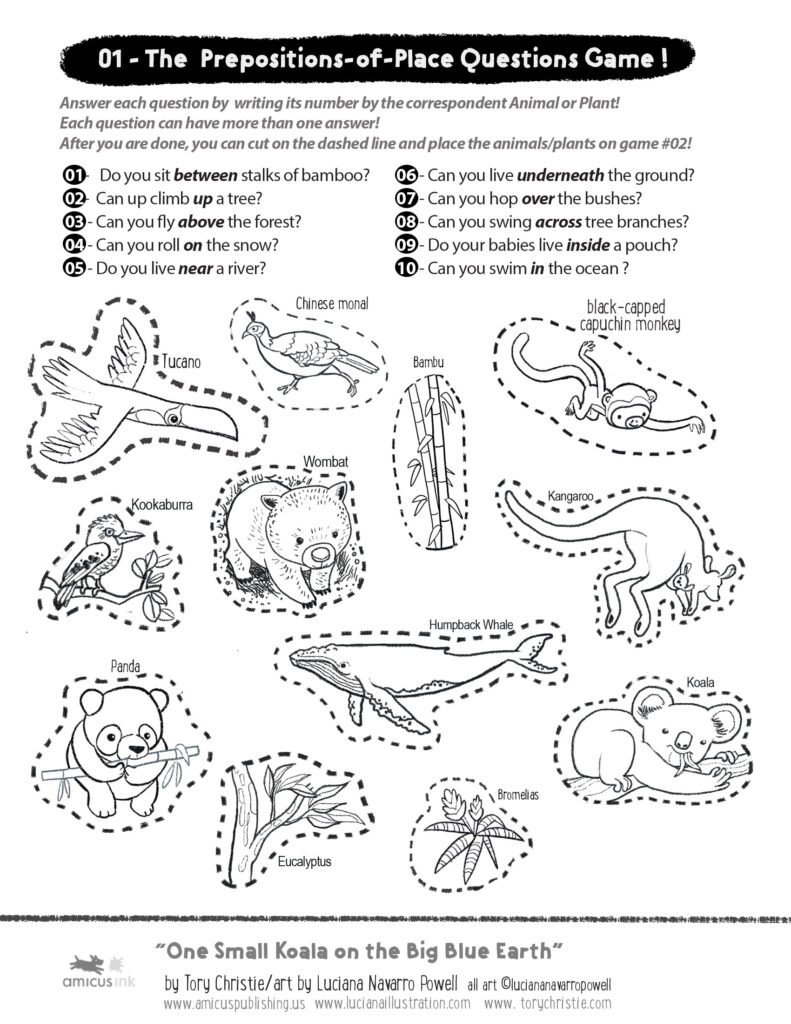
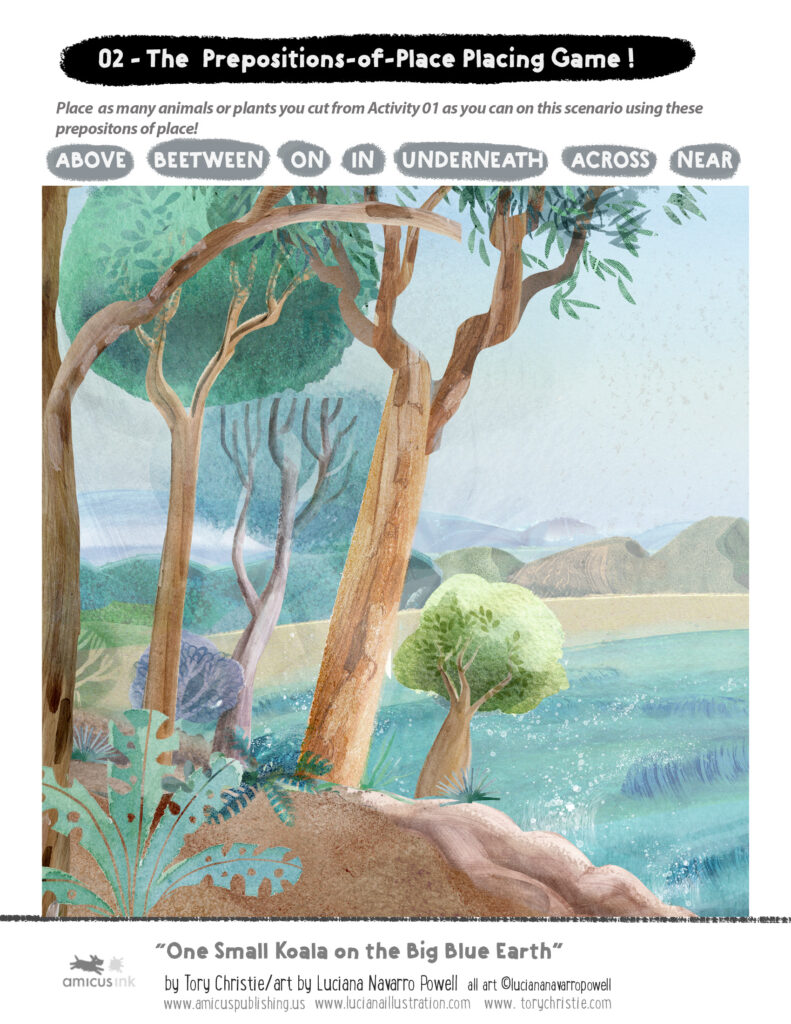
Featured image credit: “Prepositions-of-place” by evilestmark is marked with CC0 1.0.

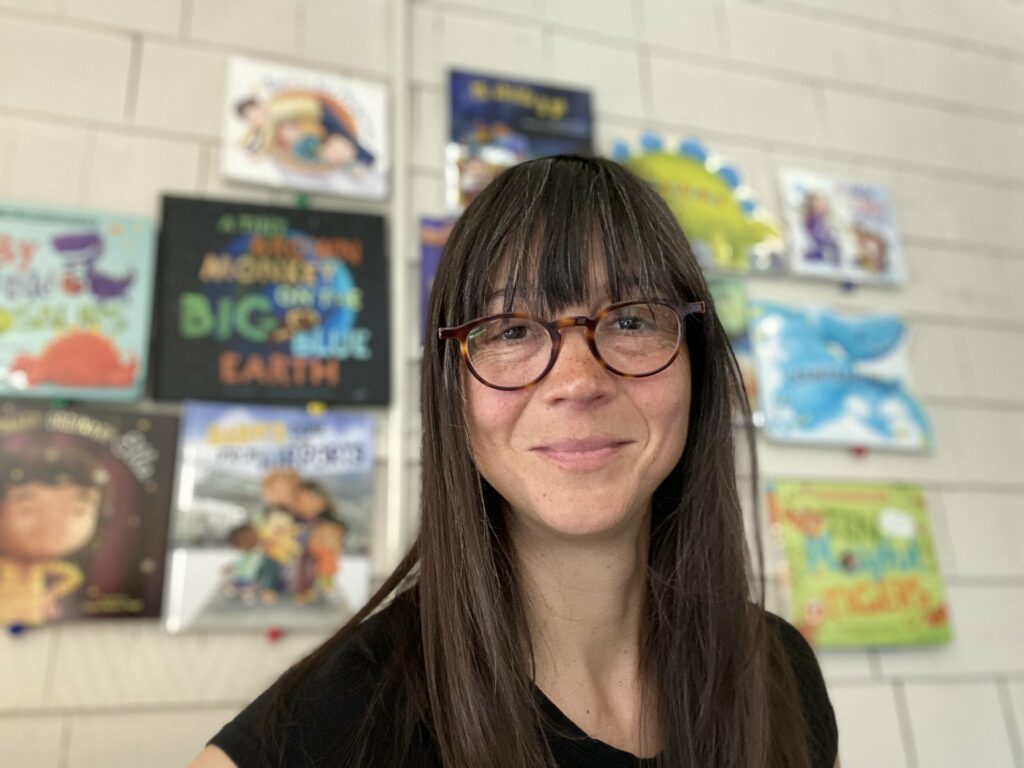


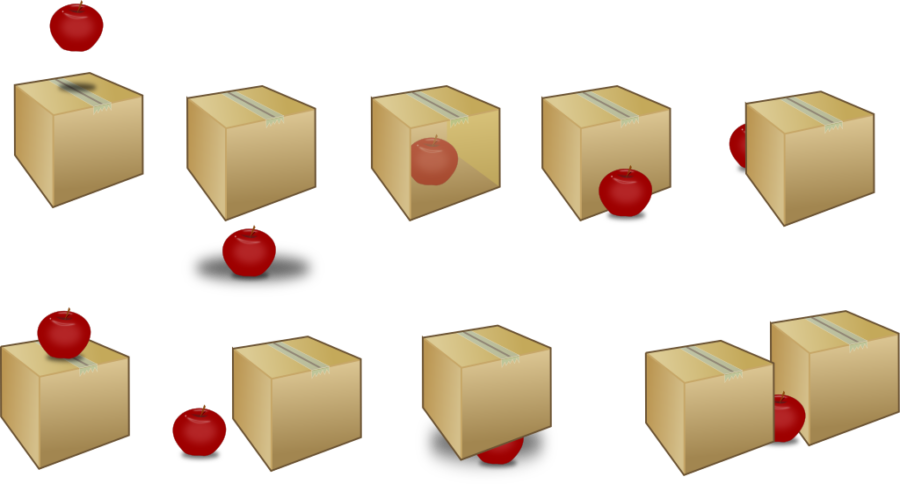

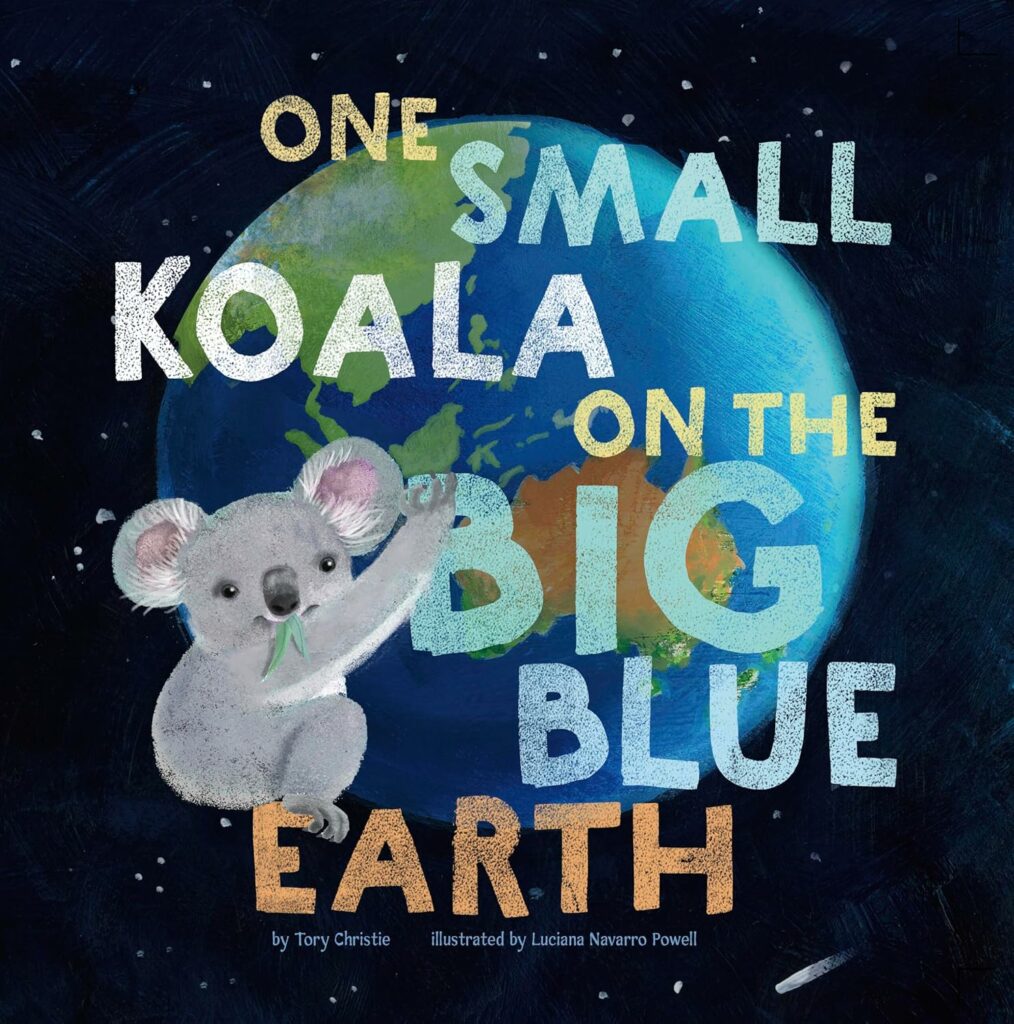
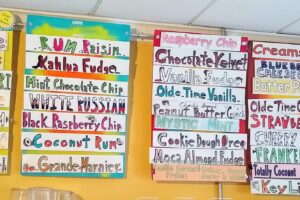
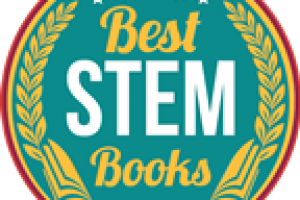
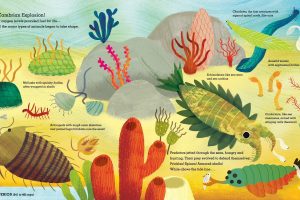


Leave a Reply
Your email is safe with me.